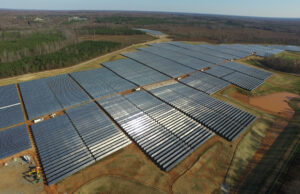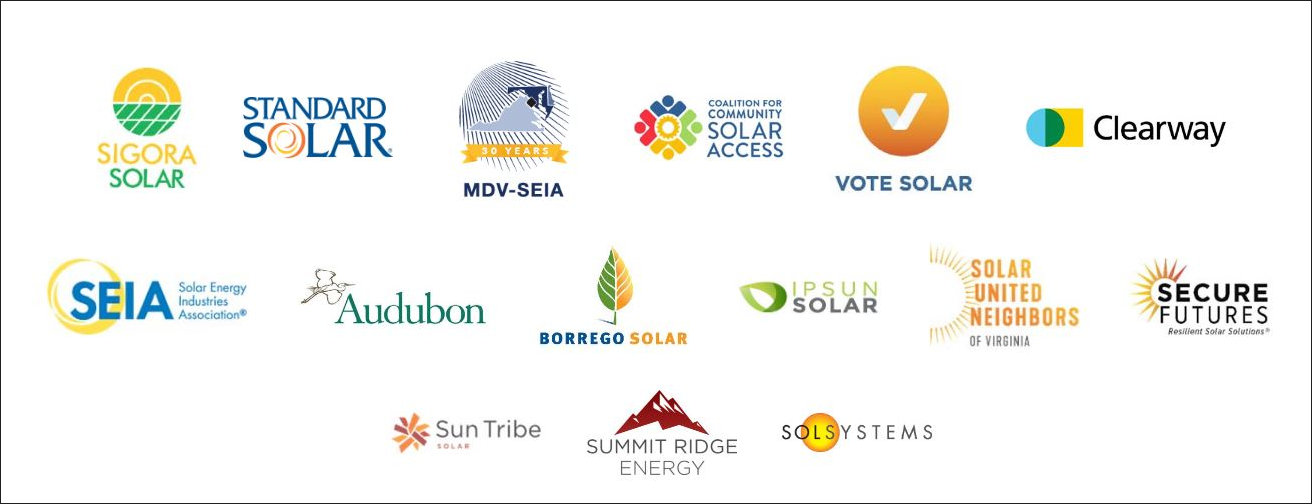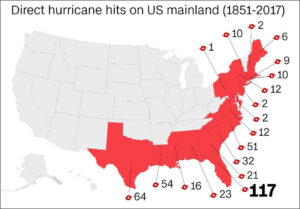In the 2019 election, Virginia voters finally figured out the one weird trick that allows any jurisdiction to pass good climate and clean-energy legislation, according to Dave Roberts at VOX. “They put Democrats in charge.”
Virginia is the first southern state in the U.S. to set a goal of sourcing 100% of its electricity from renewables by 2050. The recently passed “Clean Economy Act” mandates major change. All coal, oil burning and wood pellet plants must be retired, and all in-state power plant carbon emissions eliminated by 2050. Going forward, renewable resources such as energy efficiency, battery storage and expanded solar are now required. Net-metered solar will expand from 1% to 6%. The state’s commitment for offshore wind is the third largest in the country.
These new CEA requirements are being celebrated by the newly elected Democratic majority and the climate activists who all worked vigorously to pass them. During the Session, 53 House bills and 29 Senate bills were introduced relating to creating clean energy. So, although Virginia’s utilities and the South’s two other major utilities have lagged the rest of the country in developing their energy efficiency and renewable strategies, Virginia is now on the way to building a system resourced with clean energy. Continue reading















